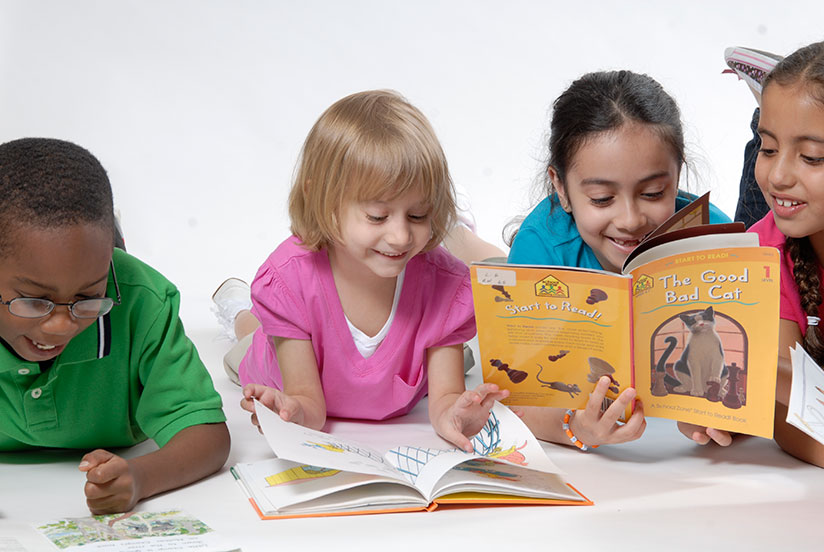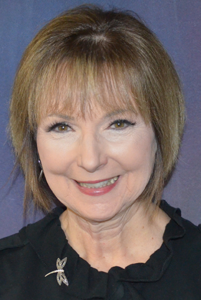What’s the Power of Knowing a Word in a ‘Snap’?
by Michal Taylor
Moving a sight word from new to fluent retrieval is a crucial part of learning to read. Then immediately having the opportunity to use these words in the cycle of continuous text provides for consolidation. This can be in a small group guided reading setting where the first read is a ‘private read’, then these texts are reread as familiar text over subsequent days. This may be alone or in pairs.
Spending 1-2 minutes writing these words at the beginning of any guided reading lesson can work wonders. (No more than 1-2 minutes, it’s quick)! Select 2-3 high frequency words from the text to be read. Write each word quickly 2-3 times on a whiteboard, with good letter formation (so it looks like that word). Cover the word before writing it successive times to help build a visual memory of that word. The student checks on themselves as they write with teacher monitoring production, providing scaffolding (written model) if needed. This is a written task not flash cards. Writing really seems to help those having difficulty accumulating a cadre of easily known words by forging another neural pathway.
Consolidation of known words needs to continue up into 2nd grade and beyond. As I work with older readers struggling with becoming fluent processors, a common theme I notice is that they have a low core of ‘known’ high frequency words that ‘glue’ our language together. Far too much cognitive energy is going to working these words out resulting in slow reading with low or no understanding of what is being read. Starting this in Kindergarten, we are really noticing a big difference in the automaticity in reading and writing of emergent and early readers with attention freed up to work on other challenging parts of the book reading or writing of texts. Keep doing this as students read increasingly difficult text until they have ‘learned how to learn words’ and easily learn words with fewer exposures. The concept of analogy is predicated on having a core of known words from which to be generative. Very often I see children being asked to word-solve using an analogy and the ‘known’ is not known so the child has a shaky foundation from which to build.
Some additional resources on teaching high frequency words:
From RRCNA’s Members-only Resources: He Knew it Yesterday – recorded conference session by Pam Grayson
From Clemson University’s Teacher Resources: High Frequency Words Module
Nell Duke’s 2016 post: Teach Sight Words as You Would Other Words
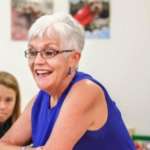
Michal Taylor is a Reading Recovery teacher leader at South Lyon Reading Recovery Site, South Lyon, Michigan.
Any views or claims expressed in The Reading Recovery Connections Blog are those of individual authors, not RRCNA.

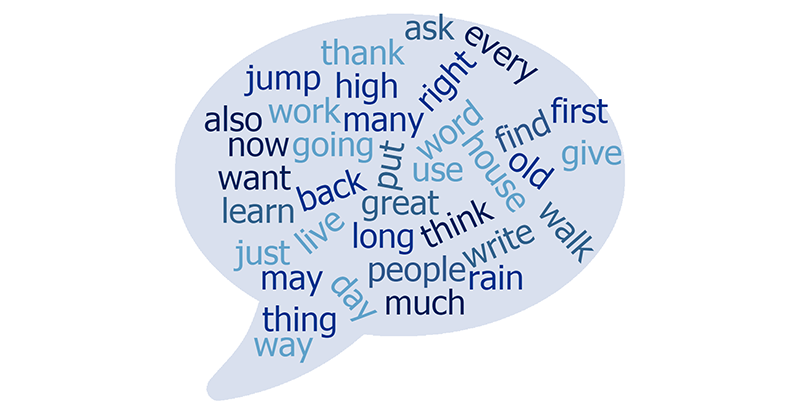


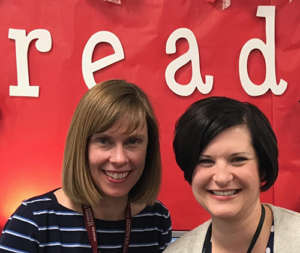 Rhonda Precourt and Gen Arcovio are Reading RecoveryTeachers/Literacy Specialists in the Newark Central School District, Newark, New York. Follow them on their blog literacypages.wordpress.com and on Twitter @LiteracyPages.
Rhonda Precourt and Gen Arcovio are Reading RecoveryTeachers/Literacy Specialists in the Newark Central School District, Newark, New York. Follow them on their blog literacypages.wordpress.com and on Twitter @LiteracyPages.

